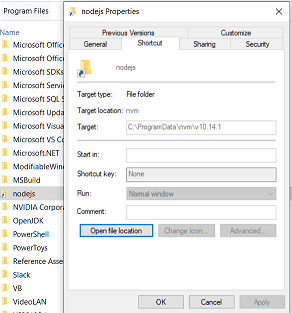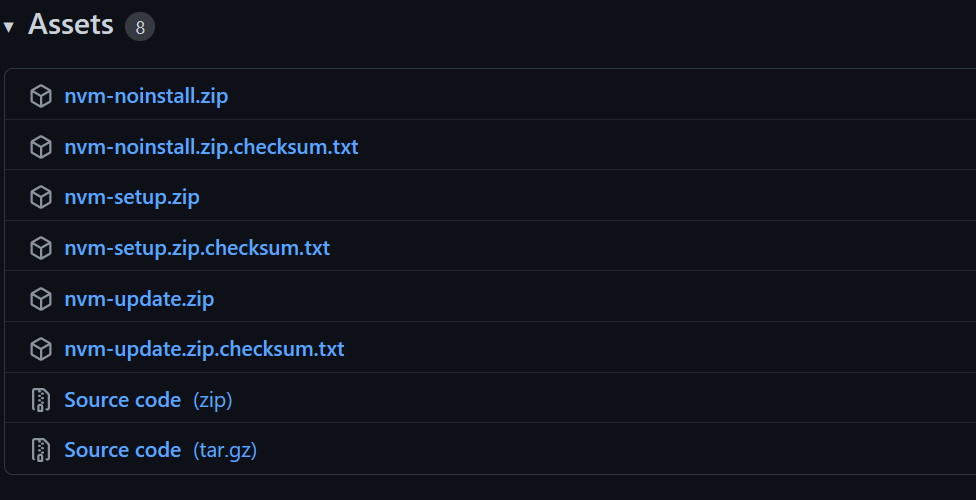
The npm can be used to install different Node.js versions.

bashrc file as an argument for the changes to apply.Īfter the installation has finished, we can check if nvm has been installed with the following commands: nvm –version

We use the first command to download and execute the script that installs nvm and with source ~/.bashrc, we are running the source command with.

You can now go ahead and install nvm using the following commands: curl -o- | bash You can do this by running the following commands: apt-get update -y Additionally, replace ‘root’ with the username of the admin account if necessary.īefore starting, you have to make sure that all Ubuntu OS packages installed on the server are up to date. Log in and update the systemįirst, you will need to, log in to your Ubuntu 20.04 server via SSH as the root user: ssh -p Port_number You will need to replace ‘IP_Address‘ and ‘Port_number‘ with your server’s respective IP address and SSH port number.

The project I was working on required me to update my version of Node.js a pretty straightforward process, until I then returned to an older project that was dependent on an earlier version of Node. Today I’m going to be exploring how to manage multiple installations of Node.js on a windows computer following an issue I recently came across whilst working on a project.


 0 kommentar(er)
0 kommentar(er)
